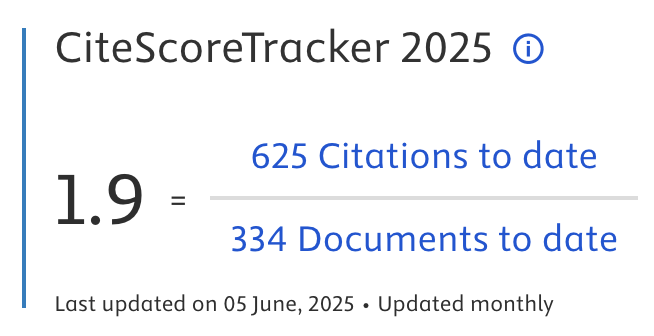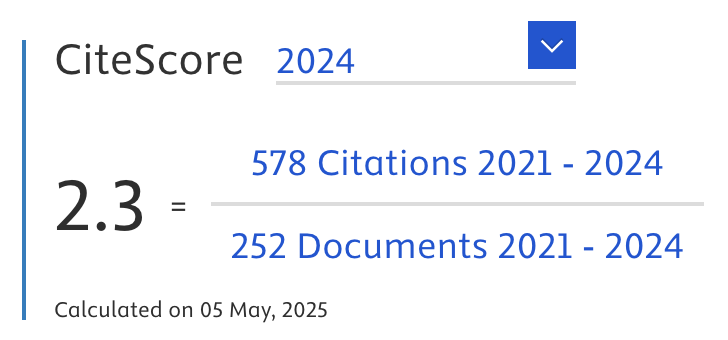Urban Heat Island Spatial Model for Climate Village Program Planning
Abstract
Global warming and climate change are critical issues impacting ecosystems, human habitats, and the overall environment. Urban Heat Island (UHI) is a significant phenomenon resulting from increased urban temperatures due to dense urban development, the use of heat-absorbing materials, and reduced vegetation. This study focuses on analyzing the UHI effect in Banjarmasin, Indonesia, using spatial regression and descriptive spatial analysis methods. By employing Land Surface Temperature (LST) data from Landsat 9 and Sentinel-2 satellite imagery, combined with data from wireless sensor networks (WSN), this research aims to develop a comprehensive UHI spatial model to inform climate village program planning. The results reveal substantial temperature variations within Banjarmasin, with urban areas showing significantly higher LST values compared to vegetated outskirts. The integration of satellite data with real-time WSN measurements provides a robust validation method, ensuring accurate environmental monitoring. This study underscores the importance of enhancing green spaces and implementing sustainable spatial planning to mitigate UHI effects. The proposed UHI spatial model offers a valuable tool for urban planners and policymakers in developing strategies to improve urban environmental quality and resilience to climate change.
Article Metrics
Abstract: 460 Viewers PDF: 110 ViewersKeywords
UHI; LST; NDVI; Climate Village Program; WSN
Full Text:
PDF
DOI:
https://doi.org/10.47738/jads.v5i2.223
Citation Analysis:
Refbacks
- There are currently no refbacks.

Journal of Applied Data Sciences
| ISSN | : | 2723-6471 (Online) |
| Collaborated with | : | Computer Science and Systems Information Technology, King Abdulaziz University, Kingdom of Saudi Arabia. |
| Publisher | : | Bright Publisher |
| Website | : | http://bright-journal.org/JADS |
| : | taqwa@amikompurwokerto.ac.id (principal contact) | |
| support@bright-journal.org (technical issues) |
 This work is licensed under a Creative Commons Attribution-ShareAlike 4.0
This work is licensed under a Creative Commons Attribution-ShareAlike 4.0





.png)